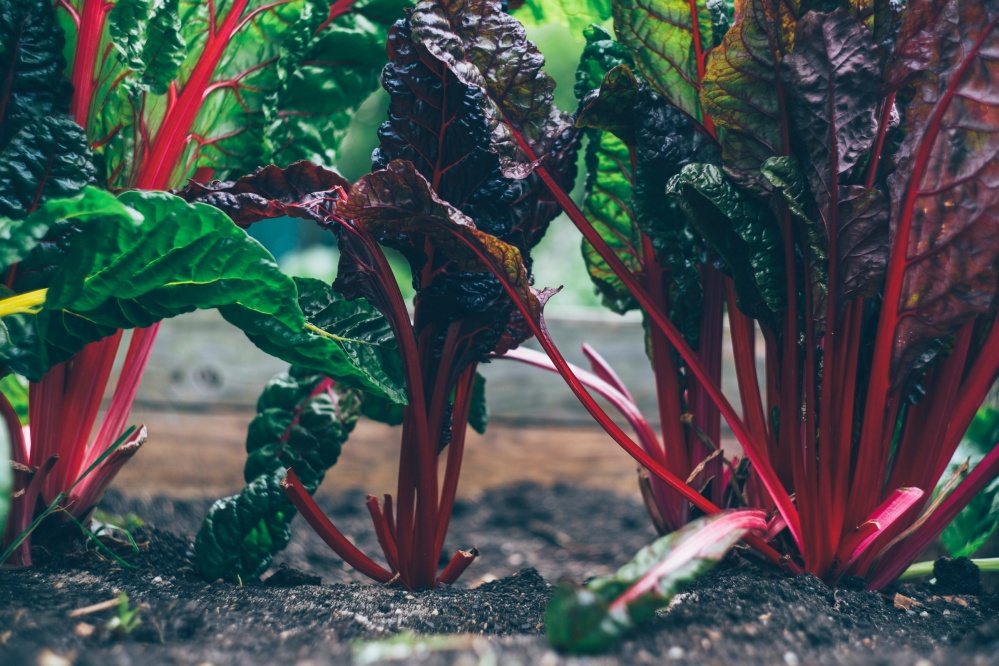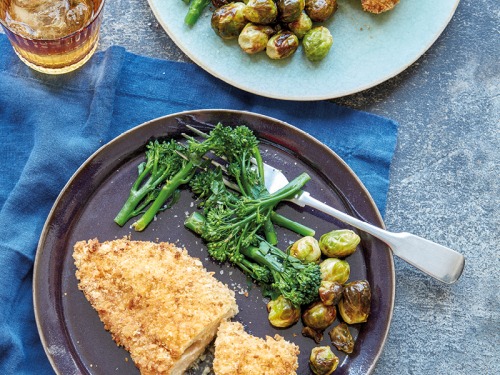Stillingfleet

Vanessa Cook of Stillingfleet Gardens and Nurseries guides us through the vegetable garden
I'am sitting in my office looking out at my pear tree garden and enjoying the blossom everywhere. It has been a strange spring, when we open in April the daffodils are usually finished flowering and the orchard is a mass of apple blossom. Not so this year, so visitors saw the garden at a much earlier state than usual, in fact it was two weeks before the apples had a sign of leaf let alone blossom.
The wild daffodils in the meadow were still in flower and at last are beginning to form clumps – I long to have a carpet of the small pale yellow flowers having seen how enchanting they look at Farndale. My grandfather was the vicar of Farndale and every spring my mother took us to see the carpet of flowers edging the stream. It’s a sight I will never forget and if Yorkshire had a Wordsworth he could have waxed lyrical about our own dancing daffodils.
Looking at the garden now I see that everything has caught up and all the cherries seem to have flowered together and finished very quickly. Even Prunus ‘Ukon’, a form with single greeny-white flowers, which is last to flower here, came out in a rush earlier than I can ever remember and seemed to finish in a fortnight. This is what makes gardening such fun, we have no idea what will happen from year to year and which of our careful planting plans will work this year, even if they were successful last year.
Several herbaceous plants have been wonderful this spring. I especially enjoyed Lunaria rediviva, the perennial Honesty, soft lilac flowers followed by elliptical seed heads which dry as well as the annual form, will grow in shade and makes good clumps quickly. Primroses have also done well. I grow several with interesting foliage: Primula vulgaris ‘Drumcliffe’ has dark foliage and peachy white flowers, Primula vulgaris ‘Innisfree’ had dark foliage and deep red flowers. Both these varieties come from Ireland where they are propagating some of the good old varieties.
From Britan we have Primula ‘Garryarde Guinevere’ which has bronze foliage and lavender pink flowers. I also love Primula ‘Francisca’, with frilly green flowers much loved by flower arrangers. The primroses in the meadow and edging the pond have been a delight and have crossed with the cowslips to produce clumps of oxlips which vary in size and shape, only a few being true oxlips, mostly the false form.
The pond is now almost completely edged with marsh marigolds, I think the seed must fall into the water and they germinate wherever they land. Interestingly we think of autumn as being a golden season, with Helianthus and Heleniums, but from the daffodils onwards spring is certainly golden here.
Summer is coming up fast and I have a pile of willow and hazel stick we cut in February, some have already been used to make wigwams for the climbing nasturtiums and runner beans and I am planning to use most of them to stake the herbaceous plants. I dislike seeing obvious stakes, especially those borders covered with netting which look ugly until the plants grow through, so I am hoping our willow stakes will look more natural. I did use willow to stake my Melianthus last year and when we cut the Melianthus down in April we discovered that the willow had rooted and was growing, so this year the stakes have been cut earlier and allowed to dry.
We have been very busy in the vegetable garden and I now have an excellent calendar showing the best times to plant in Yorkshire. In February the shallots were planted and I would have planted the garlic then but this year I managed to plant it in November, it is well established now. The third week of March I planted my earliest potatoes, this year it is Rocket, they are covered with cloches made from acrylic sheets, they give good protection and are cheap. My broad beans were sown in the autumn, but at the end of March I usually sow more outside. This year I am growing Imperial Green Longpod and they have come through the winter well.
April onwards is very busy; summer calabrese is sown in plugs in the unheated greenhouse along with beetroot, chard and lettuce. I love rainbow chard, the leaves taste delicious and the stalks, ranging from yellow through to deep red, look good in the garden. They also seem less likely to run to seed in the way that all the spinach I plant seems to behave.
I grow the climbing French bean ‘Cosse Violette’ in pots to start with – this has long purple pods which turn green when you cook them and are never stringy however large they are. I also grow a dwarf French bean called ‘Cropper Tepee’ which has green pods which are held well above the foliage so the slugs cannot reach them. They also make small clumps so any garden has room for them.
I love runner beans and this year we are growing a variety called ‘Lady Di’ which is said never to go stringy, I shall wait and see. Beetroot and parsnips I could not do without but I have stopped growing carrots. For an organic gardener dealing with carrot root fly seems too much effort, especially when carrots are cheap to buy. I do use butterfly nets over the brassicas and this does protect from the dreaded cabbage white butterfly. Courgettes are another plant I could not do without. One year I grew six plants and by the end of the season we were sick of courgettes and the subsequent marrows. I now grow three plants which provides enough for two of us without too much of a glut.
Enough of vegetables, just time to suggest that you do the ‘Chelsea Chop’ on a few of your herbaceous plants, I cut half the clumps of phlox down at the end of May and it was a great success. The tall stems flowered first, followed by the cut stems giving twice the flowering time. Sedums also work well as it stops the plants getting so tall and then falling outwards with the weight of the flowers.
Next month I am going to talk about making your garden as wildlife friendly as possible in preparation for our wildlife day on 28th June. In the meantime do go and visit a garden open for the National Gardens Scheme, see what gardeners near you are growing and support a worthwhile cause.
Stillingfleet Lodge Gardens, York
www.stillingfleetlodgenurseries.co.uk











